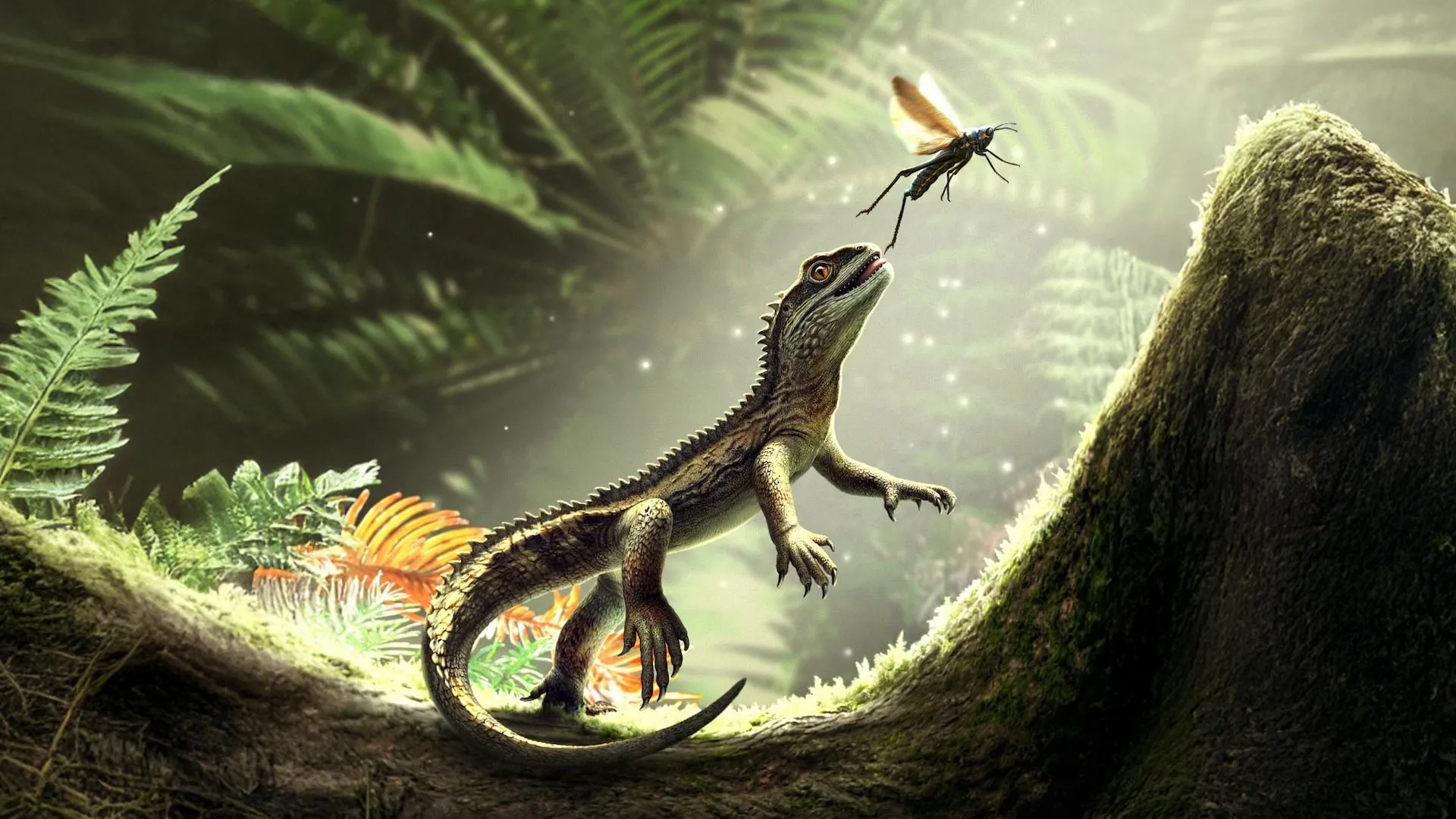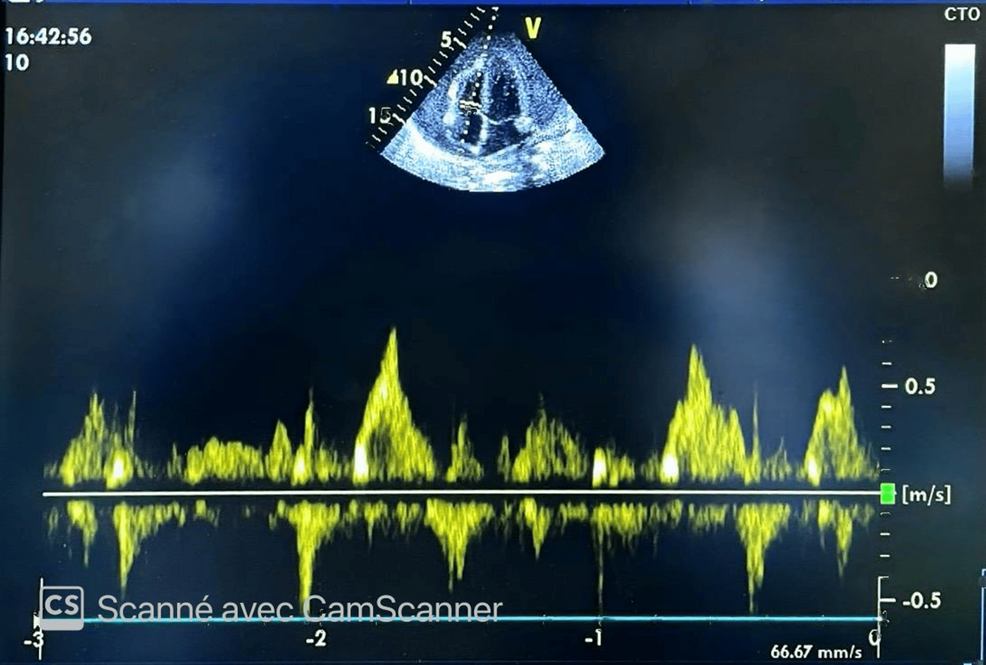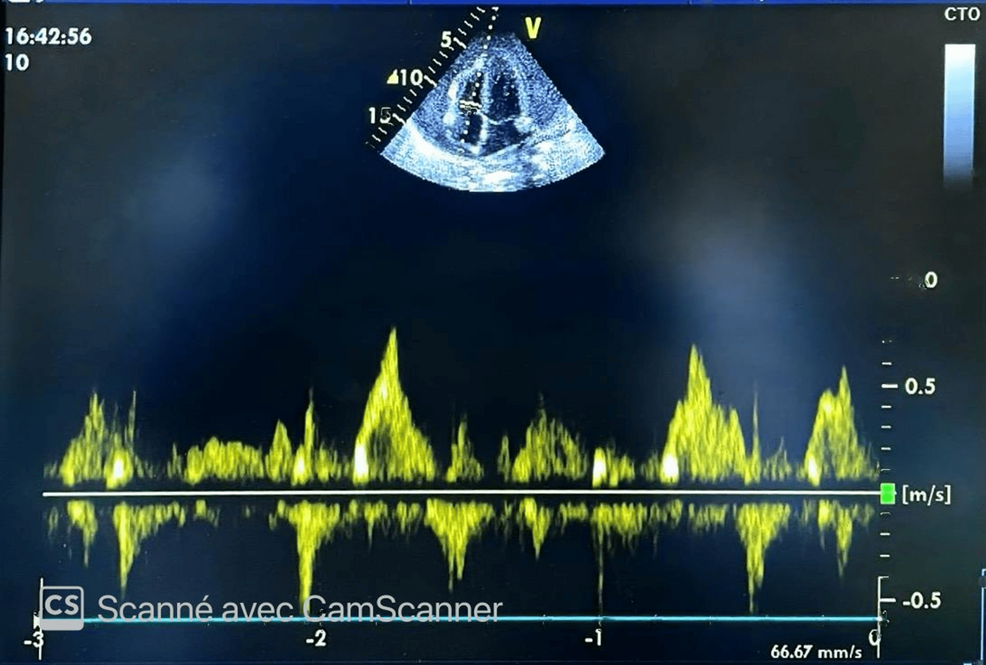This is the Real Madrid squad for the match against Girona, corresponding to LaLiga matchday 14, to be played at Montilivi (9:00 pm CET).
REAL MADRID SQUAD:
Goalkeepers: Courtois, Lunin and Mestre.
Defenders: Militão, Trent, A. Carreras, Fran…
Blog
-
Real Madrid squad to play Girona
-

McGrath, Wolvaardt and Beaumont keep Brisbane Heat winless
Tahlia McGrath led the way for her team with a three-fer, while the rest of her bowling attack chipped in too, to restrict the Brisbane Heat to just 149/9. A 99-run opening stand followed, between Laura Woldvaardt and Tammy Beaumont that put the…
Continue Reading
-

Assessing Valuation After Recent Share Price Surge and Major HPC Contract
Core Scientific (CORZ) has drawn attention recently, with shares moving higher over the past week. Investors are taking note of the company’s ongoing performance and looking for signals in its recent market activity.
See our latest analysis for Core Scientific.
Core Scientific’s momentum is building again after a sharp pullback last month. The share price has jumped 14.7% over just the last week as investors grow more optimistic. However, it is worth noting that while the 90-day share price return stands at a healthy 17.7%, the total shareholder return over the past year is still negative. This suggests there is both recovery and risk in the story.
If you’re interested in spotting other shifts in the market, now’s the time to expand your discovery and explore fast growing stocks with high insider ownership
With shares still trading at a notable discount to analyst price targets and recent volatility in mind, the key question now is whether Core Scientific offers genuine value here or if the market is already anticipating the company’s future growth.
Core Scientific’s last close of $16.89 sits notably below the most popular narrative’s fair value estimate of $27.65, suggesting sizable room for upside if narrative assumptions play out. This wide gap has market watchers asking what could drive such a re-rating and whether projected catalysts can push shares closer to the narrative’s target.
Core Scientific secured a major HPC contract with CoreWeave, with a total revenue potential of $8.7 billion over a 12-year term, significantly boosting future revenue compared to their current levels. The company is expanding HPC infrastructure capacity by reallocating resources from Bitcoin mining, adding new sites, and extending existing ones, expecting to drive future revenue growth as data center needs rise.
Read the complete narrative.
Want to see what’s fueling this bold valuation? The narrative’s math factors in a potential transformation from mining to data center powerhouse. But which surprising growth bets, margin forecasts, and future profit multiples generate such a premium fair value? Dive in and discover the driving forces analysts are banking on. These numbers could change how you view Core Scientific’s potential.
Result: Fair Value of $27.65 (UNDERVALUED)
Have a read of the narrative in full and understand what’s behind the forecasts.
However, setbacks in executing their high performance compute expansion or a slowdown in client demand could quickly challenge Core Scientific’s path to recovery and growth.
Continue Reading
-

242-million-year-old mini predator changes lizard evolution
A recently analyzed fossil from Devon is giving scientists a rare look at what the earliest members of the lizard lineage may have looked like, and the findings come with several unexpected twists, according to researchers at the University of…
Continue Reading
-

Adelaide Strikers edge past Brisbane Heat in final-over Thriller; Ellyse Perry helps Sydney Sixers dominate Thunder in the derby clash – Women Cricket
Two pivotal clashes headlined today’s WBBL 2025 action at the North Sydney Oval on Sunday, featuring four teams desperate for crucial points in the middle stages of the tournament. The first match saw the Adelaide Strikers continue the winless…
Continue Reading
-

Blood Proteomics Shows Immune Patterns in Skin Diseases
A COMPREHENSIVE, new study has provided an analysis of systemic immune dysregulation across multiple inflammatory skin diseases. The research used high-throughput proteomic profiling to examine blood samples from patients with alopecia areata…
Continue Reading
-

The Sky Today on Sunday, November 30: Watch Titan reappear
Saturn’s large moon Titan reappears from an occultation behind the ringed planet early this evening, as smaller moons stand nearby.
This view shows…
Continue Reading


